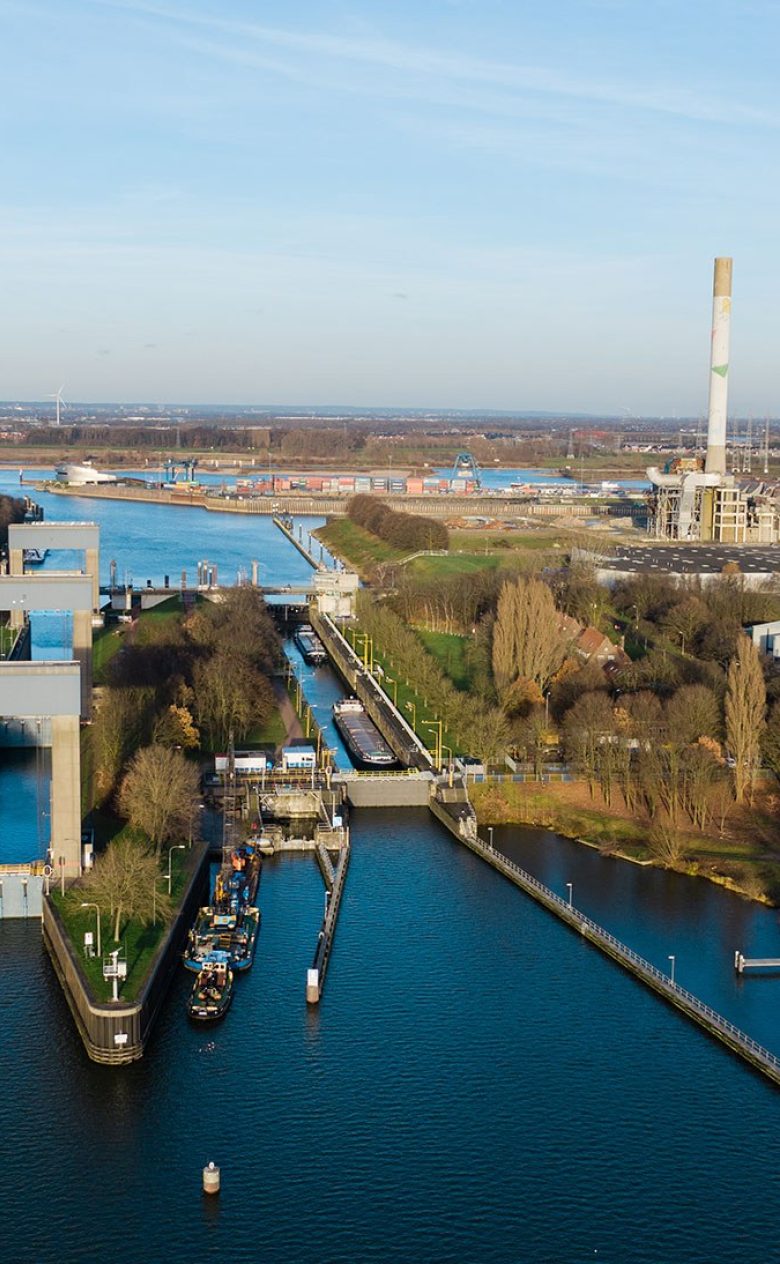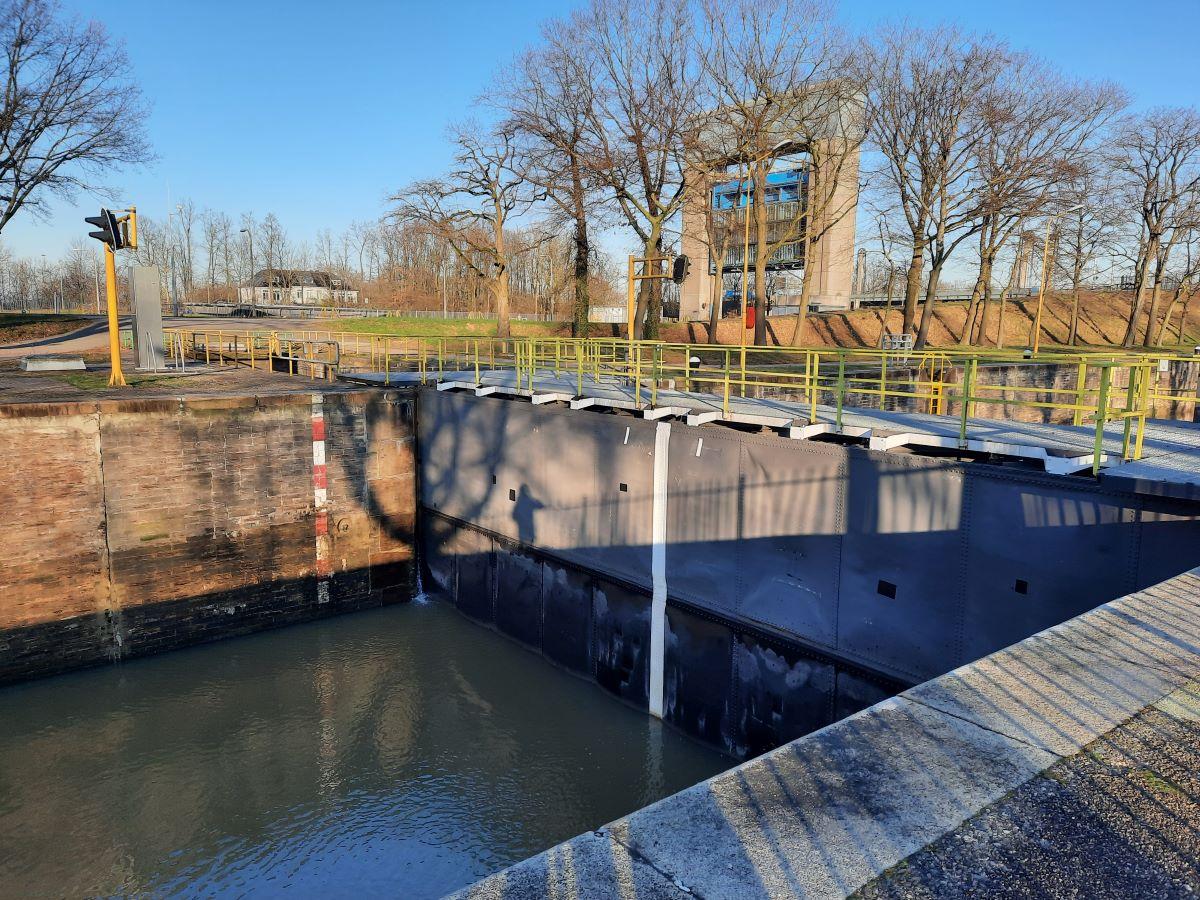Water infrastructure future-proof replacement and renovation
How do we future proof our locks, dams, pumping stations and barriers? In the upcoming replacement or renovation task of wet engineering structures, we take into account the new climate scenarios from KNMI. Together with Rijkswaterstaat, Deltares is working on a set of starting points in the EUO-Kunst project, with the Oostsluis in Weurt as a pilot. This national monument is due for replacement and the more frequent low water levels of the river Waal will determine the threshold height of its successor.

Many of our locks, dams, pumping stations and storm surge barriers will reach the end of their lifespan in the coming decades. The Netherlands faces the major task of replacing or renovating these engineering structures. Each design requires hydraulic design boundary conditions of e.g. water level, river discharge and wave height that are representative of future situations.
Unambiguous starting points
To avoid having to reinvent the wheel for every engineering structure, Deltares is working with Rijkswaterstaat on the EUO-Kunst project: Unambiguous Basic Principles for Design Values for Wet Engineering Works. Not only the climate, but also demographic and economic growth will be different in the future than they are now, and this will affect water management and thus the requirements we place on wet engineering structures. Various climate scenarios have already been calculated by Deltares to determine the effects on discharges and water levels. This yields a range of results, but it has not yet been established how these can be applied in a concrete design.
Future-proof
Questions about future conditions relating to water safety, flooding, water level management, water demand, soil position, discharge distribution and requirements from shipping are inevitable in upcoming design processes. This is why Rijkswaterstaat and Deltares want to take steps towards answering them already. In the EUO-Kunst project, we will speed up the process of replacement and renovation tasking and make it more transparent and efficient. Moreover, this will prevent individual projects from making their own choices (not aligned with other projects) and new climate scenarios from being translated inconsistently.

General methodology
The EUO-Kunst project aims to set up a general methodology to unambiguously translate (policy-based) starting points into design preconditions. In principle, this methodology will be applicable to all wet structures. Where model calculations are required, Deltares will provide suitable model schemata and inputs. Establishing these policy-based starting points is not part of the project.
Weurt lock
By working on a concrete case, it becomes clear exactly what information is needed to future-proof wet structures. Therefore, the sill height of the Oostsluis lock in Weurt is used as a pilot. This national monument is due for replacement and the low water levels on the river Waal during future dry summers will determine the sill height of the Oostsluis to be renovated. Summer water levels have been falling in recent years and future scenarios also indicate that lower water levels will occur more often, something to take due account of in the design now. The results of EUO-Kunst are expected in the second half of this year.

